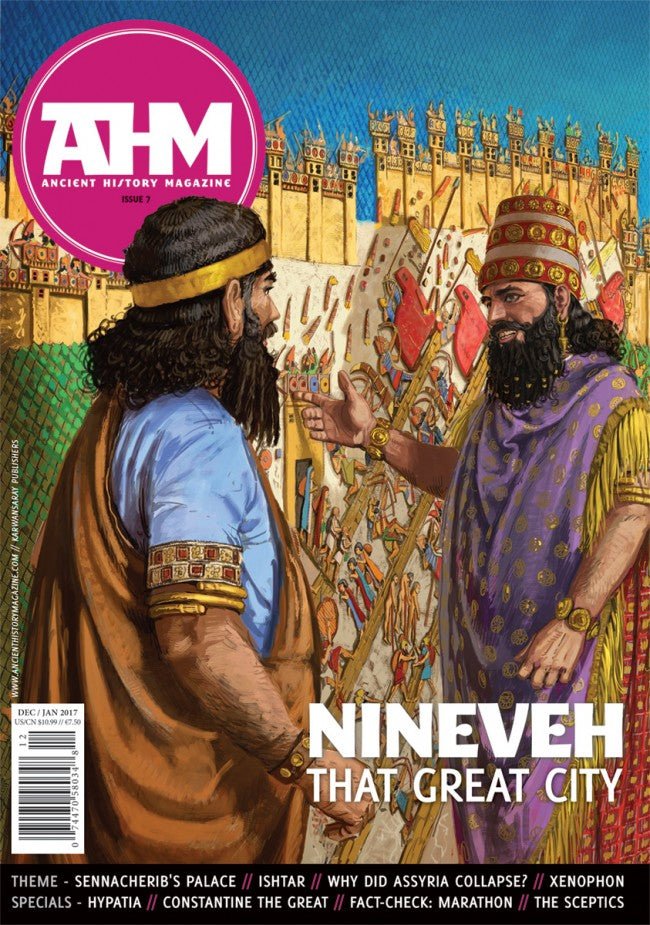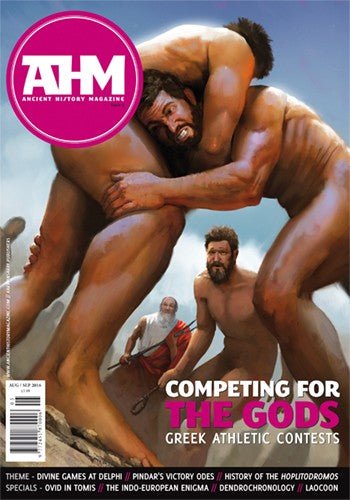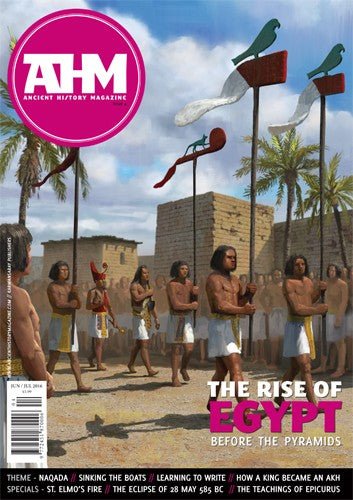References for issue 6
Issue 6: Rome of the Twelve Tables
General
- Compared to later periods, there are not many books about early Rome. A good introduction, although a bit old, is Tim Cornell’s The Beginnings of Rome: Italy and Rome from the Bronze Age to the Punic Wars (c.1000 – 264 BC), published in 1995
Sidney E. Dean: Upstairs, Downstairs. Patrician and Plebeian Pantheons of Ancient Rome
- M. Beard, J. North and S. Price, Religions of Rome: A History (1998)
- M. Jordan, Encyclopedia of Gods (1993)
- J. Mikalson, Ancient Greek Religion (2009)
- K. Raaflaub (ed.), Social Struggles in Archaic Rome: New Perspectives on the Conflict of the Orders (2005)
- J. Rüpkes, Companion to Roman Religion (2007)
Richard Kroes, Clarifying the rules. The Laws of the Twelve Tables
- Tim Cornelll, The Beginnings of Rome: Italy and Rome from the Bronze Age to the Punic Wars (c.1000 – 264 BC) (1995)
- Alan Watson, Rome of the XII Tables: Persons and Property (1975)
Mark McCaffery, Death & Funerals of Republican Rome
- Hope, V. M. (2009) Roman Death: The Dying and the Dead in Ancient Rome. London: Continuum.
- Lindsay, H. (2000), “Death-pollution and funerals in the City of Rome”, in V.M. Hope and E. Marshall (eds), Death and Disease in the Ancient City. London: Routledge.
- Toynbee, J.M.C. (1971) Death and Burial in the Roman World. London: Thames & Hudson.
Jona Lendering, Deeper and deeper. The chronology of ancient Mesopotamia
- E. Bickermann, Chronology of the Ancient World (1980²).
- T. de Jong & V. Foertmeyer, “A New Look at the Venus Observations of Ammisaduqa: Traces of the Santorini Eruption in the Atmosphere of Babylon?”, in: Jaarbericht “Ex Oriente Lux” 42 (2010), 143-159.
- T. de Jong, “Astronomical Fine-Tuning of the Chronology of the Hammurabi Age”, in: Jaarbericht “Ex Oriente Lux” 44 (2012), 147-168.
- S.W. Manning e.a., “Integrated Tree-Ring-Radiocarbon High-Resolution Timeframe to Resolve Earlier Second Millennium BCE Mesopotamian Chronology”, which was published on 13 July 2016 in PLoS One.
- W. Nahm, “The Case for the Lower Middle Chronology”, in: Altorientalische Forschungen 40/2 (2013) 350-372.
Lauren van Zoonen, Winged Victory
The Nikè of Samothrace was transported to the Louvre in 1864, one year after its discovery by Champoiseau, and put on display by 1866. It was placed on a mezzanine of the Daru staircase and taken from this spot thrice due to reconstruction, restorations as well as the imminent threats of WW2. The last restoration took place from 2013-2014 and has been described comprehensively in the work of Ludovic Laugier and Marianne Hamiaux: The Winged Victory of Samothrace; rediscovering a masterpiece’(2016). Those who wish to learn more about the sanctuary to the Great Gods can turn to Karl Lehmann who excavated the site thoroughly: Samothrace. A Guide to the Excavations and the Museum’(1998). To learn more about the cult itself, Theoi Megaloi, the cult of the great gods at Samothrace (1984) by Susan G. Cole is recommended.
Mike Manarpies, Beasts or heroes?
- Anderson, Graham. Greek and Roman Folklore: A Handbook. Westport, 2006
- Koufos, George D. “The Neogene Mammal Localities of Greece: Faunas, Chronology and Biostratigraphy.” Hellenic Journal of Geosciences 41 (2006): 183-214.
- Kyrieleis, Helmut. “Offerings of ‘the Common Man’ in the Heraion at Samos.” In Early Greek Cult Practice: Proceedings of the Fifth International Symposium at the Swedish Institute at Athens, 26-29 June, 1986, reds Robin Hägg, Nanno Marinatos, en Gullög C. Nordquist, 215-221. Acta Instituti Atheniensis Regni Sueciae 38. Athens, 1988.
- Ogden, Daniel, ed. A Companion to Greek Religion. Malden, 2007.




